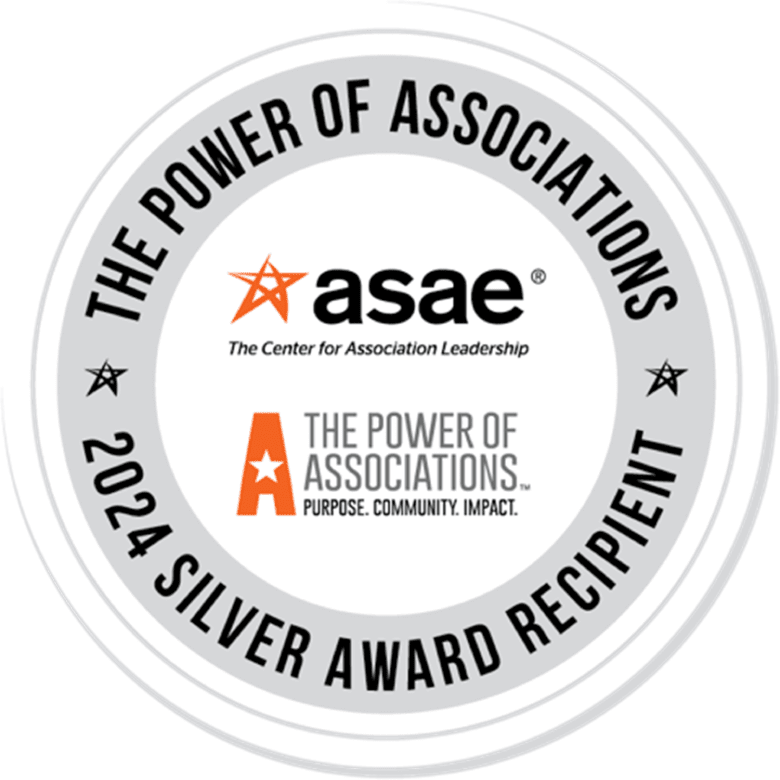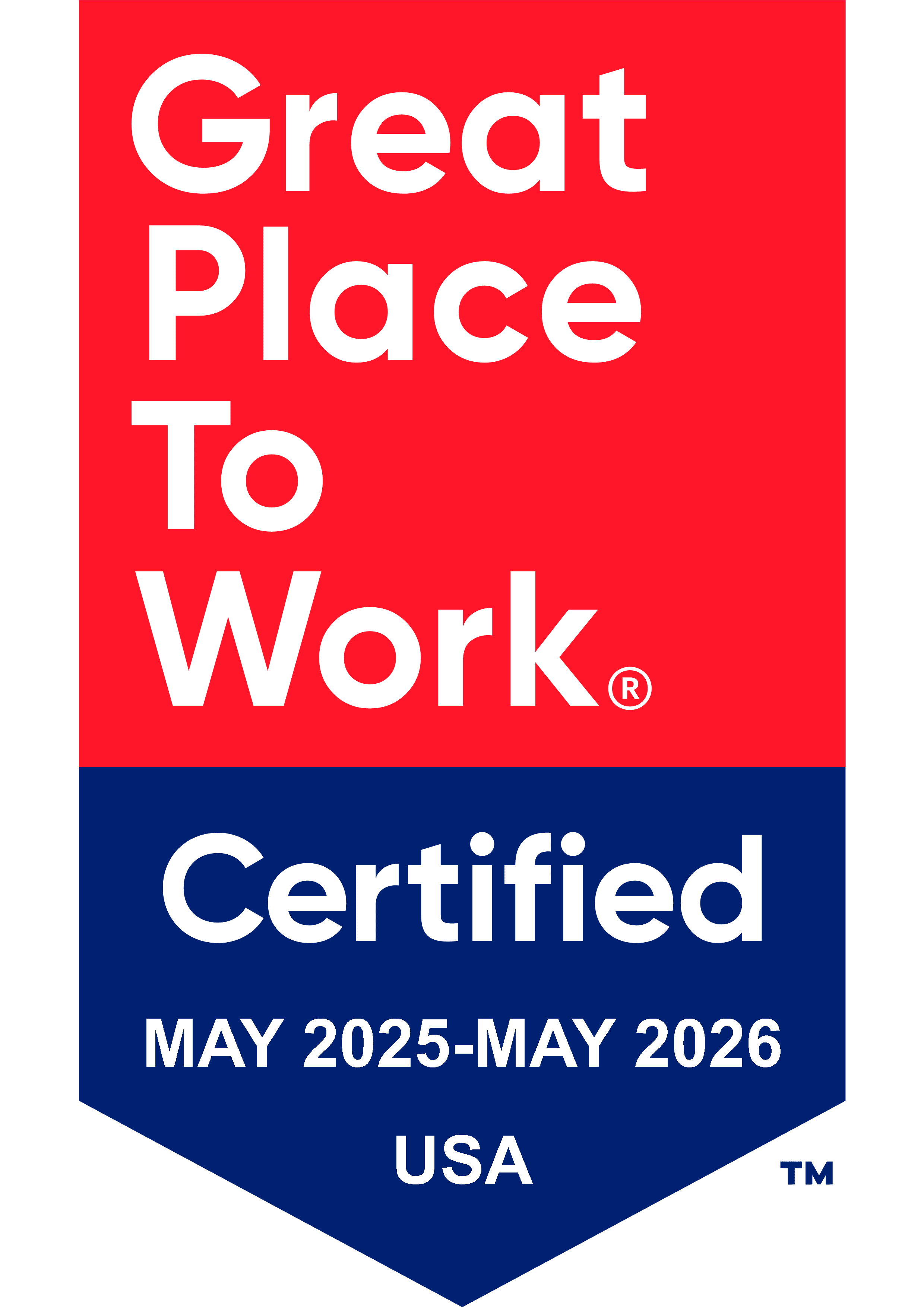Non-medical use of prescription opioids more than doubled among adults in the United States from 2001-2002 to 2012-2013, based on a study from the National Institute on Alcohol Abuse and Alcoholism (NIAAA).
Nearly 10 million Americans, or 4.1 percent of the adult population, used opioid medications in 2012-2013 a class of drugs that includes OxyContin and Vicodin, without a prescription or not as prescribed (in greater amounts, more often, or longer than prescribed) in the past year. This is up from 1.8 percent of the adult population in 2001-2002.
More than 11 percent of Americans report nonmedical use of prescription opioids at some point in their lives, a considerable increase from 4.7 percent ten years prior.
The number of people who meet the criteria for prescription opioid addiction has substantially increased during this timeframe as well, with 2.1 million adults (0.9 percent of the U.S. adult population) reporting symptoms of “nonmedical prescription opioid use disorder (NMPOUD),” according to the Diagnostic and Statistical Manual of Mental Disorders, Fifth Edition (DSM-5).
Scientists analyzed data from NIAAA’s National Epidemiologic Survey on Alcohol and Related Conditions-III (NESARC-III), ongoing research that examines alcohol and drug use disorders among the U.S. population, as well as associated mental health conditions.
The study appears online in the Journal of Clinical Psychiatry.
Prescription opioid misuse is an urgent public health problem, with drug poisoning deaths involving opioid analgesics, which includes both prescription and illicit opioids, quadrupling between 1999 and 2014, according to the Centers for Disease Control and Prevention. Emergency department visits increased by 153 percent from 2004 to 2011, based on data from the Substance Abuse and Mental Health Services Administration’s Drug Abuse Warning Network.
“Given the dramatic increase in non-medical use of prescription opioids, it is important that clinicians and patients also recognize the potent interaction of opioids with alcohol and other sedative-hypnotic drugs – an interaction that can be lethal,” said NIAAA Director George F. Koob, Ph.D, in a news release.
SEE ALSO:

